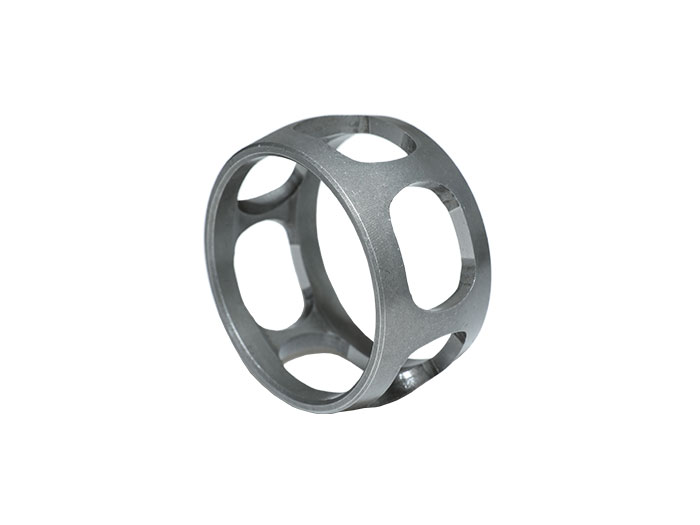If you want to repair the CV Joint of your car, you should know what signs to look out for. Besides the obvious symptoms, there are also things you should do to keep it in good shape. For instance, you can clean it and recondition it.
Repairing a CV joint
If you hear a clicking or popping sound when turning your car, it could be that your CV joint cage is leaking grease. This can also lead to dirt and water entering the joint. Depending on the severity of the problem, the boot can need to be replaced.
CV joints are made of hardened steel and contain six steel balls that ride in grooves in the inner race. The cage holds the balls in place. To repair a CV joint cage, remove the housing, remove the inner and outer shaft, and clean the CV joint.
Some CV joints have a locking ring or snap ring to keep the shaft in place. You can replace the bearing if it is broken, or the ring if the bearing is too worn.
Before disassembling a CV joint, you should take time to inspect the joint for wear. You can check for wear by tapping the outer bearing race or the inner race. Wear is caused by age or abuse. It can also be caused by centrifugal force.
Reconditioning a CV joint
A CV joint is a heavy unit that is designed for driveline placement. It consists of a ball and socket joint and six hardened steel balls. These joints are lubricated with special high temperature CV joint grease.
The joints are designed to be replaced when worn out. However, there are some ways to recondition them.

First, a small hose can be used to blow out dust and dirt. This method is less messy than removing the boot.
Another good reconditioning tip is to clean out the internals of the joint. You can clean out the race, the cage, the circlip slot and the outer bearing race. Be sure to polish the surfaces with aluminium oxide abrasives.
Rebuilding a CV joint can be a complicated process, but it isn't impossible. For the most part, it involves replacing the six hardened steel balls, the circlip and the bearing cage. While it's possible to rebuild a CV joint, ten percent of them aren't repairable.
Signs of a blown CV Axle
If you hear a clicking noise while turning, there is a good chance that your CV Joint Cage has failed. The joint is a part of the drive train that transfers power from the engine to the wheels. A failing joint can cause an uncomfortable driving experience and can be dangerous on the road.
There are a number of warning signs that can indicate a faulty CV joint. They include a clicking sound while turning, excessive vibrations, and a loss of braking ability.
In order to test for a faulty CV joint, you should turn the steering wheel to one side. This is often a sign that the inner or outer joint has become worn out. You can also check in reverse to see if your car makes a clunking sound.
When the inner or outer joint fails, the axle can spin and the tires can splatter grease. While this isn't as noticeable as other signs of a failing joint, it can be a symptom that you should take seriously.
Cleaning a CV joint
Cleaning a CV joint cage is a quick and easy task that can be done in a few hours. But, like any other repair, it should be done properly to prolong the life of your vehicle.
The first step to cleaning a CV joint is to get rid of old grease. You can use a brake cleaner or a Q-tip to remove it. If you're unsure what to use, you can always use alcohol.
After you've cleaned out the old grease, you'll want to inspect the CV joint for wear. There are several ways to clean a CV joint, but the most thorough method is to disassemble it.
If you're doing this for the first time, you might want to do a few test runs. This will give you a chance to see if the parts are working together as they should.
Once you've inspected the joint, you can start reassembling it. Re-grease the joint as needed and install new rubber boots.
